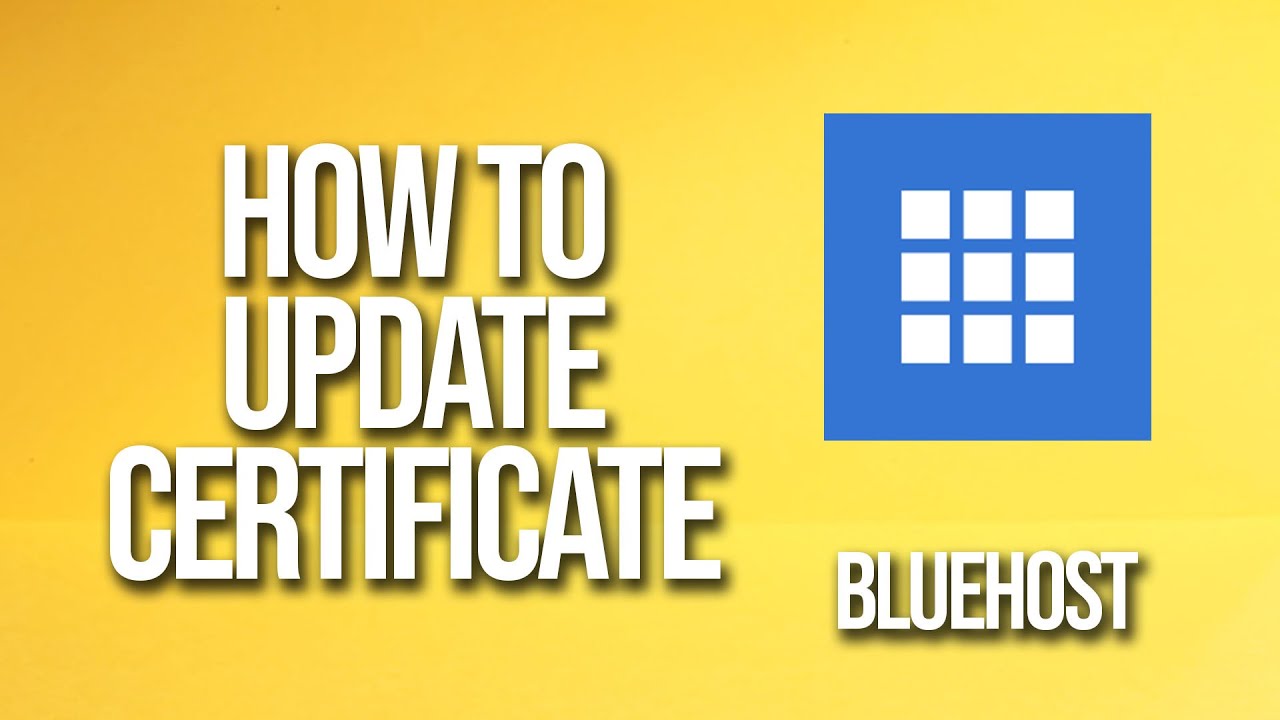
If you’re a website owner using Bluehost as your hosting provider, you may need to update your SSL certificate from time to time to ensure your site’s security and maintain trust with your visitors. In this tutorial, we’ll walk you through the process of updating your SSL certificate on Bluehost.
Before we dive into the steps, let’s briefly discuss what an SSL certificate is and why it’s important. An SSL certificate is a digital certificate that encrypts the connection between a web server and a browser, ensuring that data transmitted between the two remains secure and protected from potential threats like hackers. In addition to enhancing security, having an SSL certificate also boosts your site’s credibility and can improve your search engine rankings.
Now, let’s get started with the steps to update your SSL certificate on Bluehost:
1. Log in to your Bluehost account: The first step is to log in to your Bluehost account using your username and password. Once you’re logged in, navigate to the cPanel dashboard.
2. Locate the SSL/TLS Manager: In the cPanel dashboard, look for the SSL/TLS Manager section. Click on it to access the SSL/TLS Manager interface.
3. Choose the option to manage SSL sites: Within the SSL/TLS Manager interface, you’ll find various options related to SSL certificates. Look for the option that allows you to manage SSL sites and click on it.
4. Select the domain you want to update: In the list of domains associated with your Bluehost account, select the domain for which you want to update the SSL certificate. Click on the domain to proceed.
5. Generate a new SSL certificate: To update your SSL certificate, you’ll need to generate a new certificate. Look for the option to generate a new certificate and follow the on-screen instructions to complete the process. You may need to provide some information about your domain during this step.
6. Install the new SSL certificate: Once you’ve generated the new SSL certificate, the next step is to install it on your domain. Follow the prompts to install the certificate, and make sure to double-check all the details to ensure accuracy.
7. Verify the SSL certificate installation: After installing the new SSL certificate, it’s crucial to verify that the installation was successful. You can do this by visiting your website using https:// in the URL and checking for the padlock icon in the browser address bar, indicating that your site is secure.
8. Renew your SSL certificate regularly: SSL certificates typically


